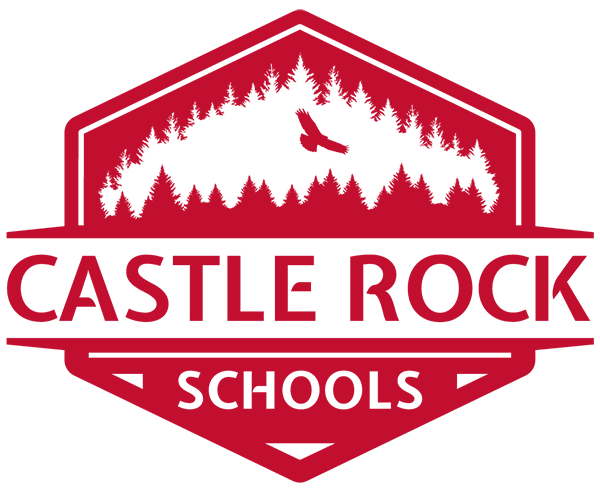Thank you, voters!
Our local community has voted to renew a three-year replacement capital levy that funds safety and security updates, and facilities maintenance needs at the same rate per $1,000 of assessed property value as three years ago.
Why? Our schools are old – the last major update was 23 years ago – and even with preventative maintenance, they require significant, ongoing repairs to stay operational. The proposed capital levy would continue to fund facilities needs for our schools through 2027.
This is not a new tax!
Much like renewing a subscription, local voters are being asked to renew this local funding measure to continue support for updates to our aging facilities.
- 1
CTE program electrical updates – so that our modern metal and wood shops can continue to hold Career & Technical Education classes
- 2
Continued safety and security system enhancements to classrooms
- 3
An updated control panel for our primary school’s fire suppression system
- 4
Replacement of sink, bathroom, and other water fixtures with energy-efficient solutions across schools
- 5
HVAC updates at our high school (phase 2 of this work)
- 6
Parking lot resurfacing at our middle school and parking lot expansion at our high school
- 7
Elevator repair to support ADA access at our middle school
| Improvements & Updates | High School | Middle School | Intermediate School | Primary School |
|---|---|---|---|---|
| Continued safety and security system enhancements to classrooms | ||||
| A functioning intercom/public announcement system to deliver important updates across all schools | ||||
| Replacement of sink, bathroom, and other water fixtures with energy-efficient solutions across schools | ||||
| CTE program electrical updates – so that our modern metal and wood shops can continue to hold Career & Technical Education classes | ||||
| HVAC updates at the high school (phase 2 of this work) | ||||
| Parking lot expansion | ||||
| Parking lot resurfacing | ||||
| Elevator repair to support ADA access | ||||
| An updated control panel for our school fire suppression system |
Focus on Fiscal Conservancy
The district has considered many options to address its aging facilities. Despite continued, routine preventative maintenance, many of our facility systems have surpassed their useful life – our buildings are 50 to 100 years old, with our last major update happening 23 years ago.
The proposed capital levy will address our most critical needs to keep our school facilities operational while maintaining the same rate per $1,000 of assessed property value approved three years ago. Learn more about what the previous levy accomplished >
| Year | Rate per $1,000 | Cost per month for owner of $250,000 home | Total collection amount |
|---|---|---|---|
| 2025 | $0.44 | $9.16 | $830,000 |
| 2026 | $0.42 | $8.75 | $830,000 |
| 2027 | $0.41 | $8.54 | $830,000 |
Rates are projected to generate $2.49 million over three years.


